Department for Work and Pensions (DWP) Disputes Modernisation Programme – Appeal Response System Automation (DISCOVERY) & PIP Mandatory Reconsideration (ALPHA)
Framework: Government Digital Service (GDS) Standards
Role: Senior Interaction Designer
The Unisys Law Enforcement Application Framework (U-LEAF) gives resource-challenged law enforcement personnel a tool to help them meet the growing public demand for effective investigations of crime and terror threats.
To comply with my confidentiality agreement I have omitted and appropriated confidential information. These designs are a reinterpretation of the original.
To comply with my confidentiality agreement I have omitted and appropriated confidential information. These designs are a reinterpretation of the original.
Objective
The DWP Disputes Modernisation Programme was established to streamline and automate key parts of the appeal response process, specifically focusing on PIP (Personal Independence Payment) Mandatory Reconsideration.
The goal was to reduce delays, improve the accuracy of appeals handling, and ultimately make the process more efficient and less resource-intensive for the department. We aimed to design a service that would be easily accessible and inclusive, particularly for vulnerable users who rely on these critical services.
This project had to adhere strictly to GDS Service Design Standards, which are focused on ensuring that all government digital services are user-friendly, accessible, and inclusive.
To develop a digital submission route that streamlines the repayment and adjustment claim process for traders, reducing reliance on manual keying and minimising errors that delay payments.
This solution aims to enable HMRC to process claims more efficiently by digitising the submission of data currently captured on the C285 and C&E1179 forms, allowing case data to flow directly into the case management system.
By eliminating the manual entry of claims, the project will support timely repayments, increase operational efficiency, and accommodate anticipated increases in claim volumes due to EU Exit.
Additionally, the project will provide traders with an improved service, reducing the need for physical form submissions and allowing for a simpler, more reliable claims process.
My Role
In my role as a Senior Interaction Designer, I focused on crafting clear and intuitive design solutions that adhered to GDS principles and supported the automation of appeal responses. I worked closely with a dedicated User Researcher, who handled all user research activities, to ensure that our design approach was informed by real user needs.
My responsibilities involved designing user journeys, developing prototypes, and creating interaction models that were easy to navigate and accessible. This required continuous collaboration with a multidisciplinary team, including policy advisors, developers, content designers, and service designers, to balance user experience with operational and policy requirements.
- A background review of existing information
- Stakeholder requirements workshop
- User testing and interviews (telephonic & face-to-face)
- Online audience survey
- Strategy workshops
- Task Flows, Lo-Fi Sketches
- Ideation & Prototyping workshop
- Wireframes & Wireframe testing with selected user groups
- UX Pattern Library
- Graphic design & testing
Challenges
- Navigating Complex User Journeys: The appeal process and PIP reconsideration journeys were complex, involving multiple steps, regulations, and sensitive user scenarios. Understanding these nuances and designing a streamlined, user-friendly pathway required deep engagement with the processes and stakeholders.
- Ensuring Accessibility and Inclusivity: A major challenge was designing a service that was accessible to all, including people with disabilities and those with limited digital experience. Every interaction had to be simple, straightforward, and inclusive, meeting the highest accessibility standards.
- Cross-Functional Alignment: Coordinating with multiple teams and stakeholders was essential to ensure that design solutions aligned with technical capabilities, policy guidelines, and GDS standards. Regular communication was crucial to keep the project on track and maintain consistency in the design.
- Getting user research into agile teams in a way that is timely, relevant and actionable was a challenge
- Identifying and arranging to test with users, often with a very niche skill-set and limited availability made initial research and validation problematic.
- ULEAF users at all levels have a vested interest to help inform and improve the product and see the potential in their involvement as they too benefit from any improved product or service through ULEAF UX improvement initiatives.
- Given the rich nature of the ULEAF interface, usability was paramount to the design approach – the ULEAF application itself is powerful, flexible and the reporting highly scalable, so the designs needed to cater for the diverse information that can be accessed through the interface while remaining intuitive and relevant.
Design & Research Tool Kit

Approach
Approach
- Discovery and Design Workshops: I led workshops with stakeholders and end-users to map out the appeal response and PIP reconsideration processes, ensuring we captured critical steps and pain points. These sessions were essential in helping us align our design approach with both user needs and operational requirements.
- Prototyping and Testing: I developed low- and high-fidelity prototypes to explore different design solutions and gather feedback from the team. The User Researcher facilitated usability testing, allowing us to make data-driven adjustments to the prototypes and improve navigation and usability.
- Focus on Accessibility: In line with GDS standards, I embedded accessibility requirements into the design, ensuring that elements like contrast, readability, and compatibility with assistive technologies were prioritised. This approach helped us cater to a wide range of users, especially those with disabilities or limited digital literacy.
Only if we have a full understanding of project needs, objectives, and any conditions and constraints that are operating on the development of the application can we can deliver with the full value.
With a number of user research activities followed by ideation and wireframing. This given U-LEAF information, insight and recommendations to drive immediate improvements, as well as information to guide and shape longer-term initiatives.
Deliverables
Deliverables
- Service Blueprints and Flowcharts: I produced detailed service blueprints and flowcharts to map out each step in the appeal response and PIP reconsideration process, highlighting where automation could add efficiency and clarity.
- Wireframes and Interactive Prototypes: The prototypes illustrated proposed user flows, allowing stakeholders to visualise and understand the intended user experience. These prototypes were tested iteratively to refine interactions and simplify navigation.
- Design Documentation: I documented all design decisions, patterns, and accessibility considerations in alignment with GDS guidelines, providing a comprehensive reference for future project phases.
- Provided user experience expertise throughout the design phase
manage remote user analysis - Persona creation
- Iterative Creatives / UX design
- Rapid prototyping
- UX Pattern Library (Style Guide)/ Best Practice Guidelines: which provide key design principles used for reference in future development cycles.
Result
The DISCOVERY and ALPHA phases provided a clear and validated design direction for the Appeal Response System Automation and PIP Mandatory Reconsideration. The prototypes and blueprints received positive feedback from stakeholders, meeting GDS criteria and offering a user-centred approach that simplified the complex appeal process.
Early testing indicated an improvement in user satisfaction, reduced friction in navigation, and greater confidence among DWP staff in the system’s effectiveness. This foundational work established a scalable, accessible service that supports the DWP’s broader digital transformation goals, paving the way for further enhancements in subsequent phases.
- Dramatically improved usability, enhance functionality and ensure the system was far more effectively adopted by the ULEAF Users.
- Feedback on the new version of ULEAF has been excellent and we are delighted that the application scored 89.6% on the System Usability Scale (SUS) independently tested by Usability experts Sigma Consulting.
- In Addition, We did build up a good understanding of the challenges, culture, and drivers involved in working with law enforcement agencies.
Selected Works

HMRC - CDS ReimbursementsWEB APPLICATION
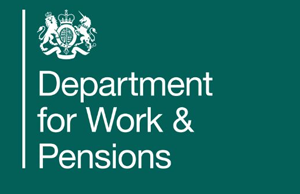
DWP - Disputes Modernisation ProgrammeProject type
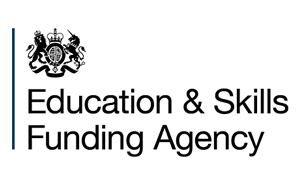
ESFAProject type
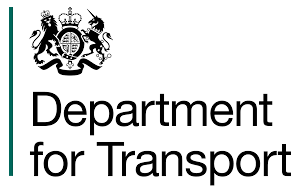
DfT BSOGProject type

National Careers ServiceProject type
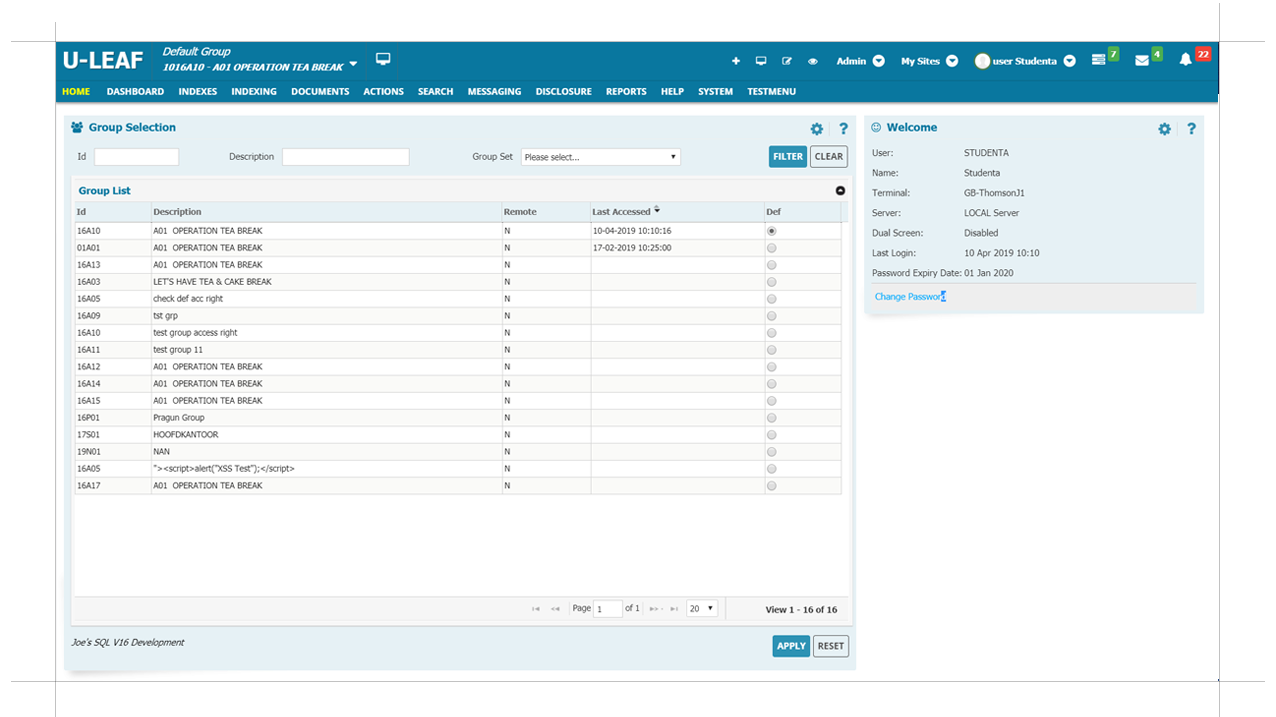
ULEAFWEB APPLICATION
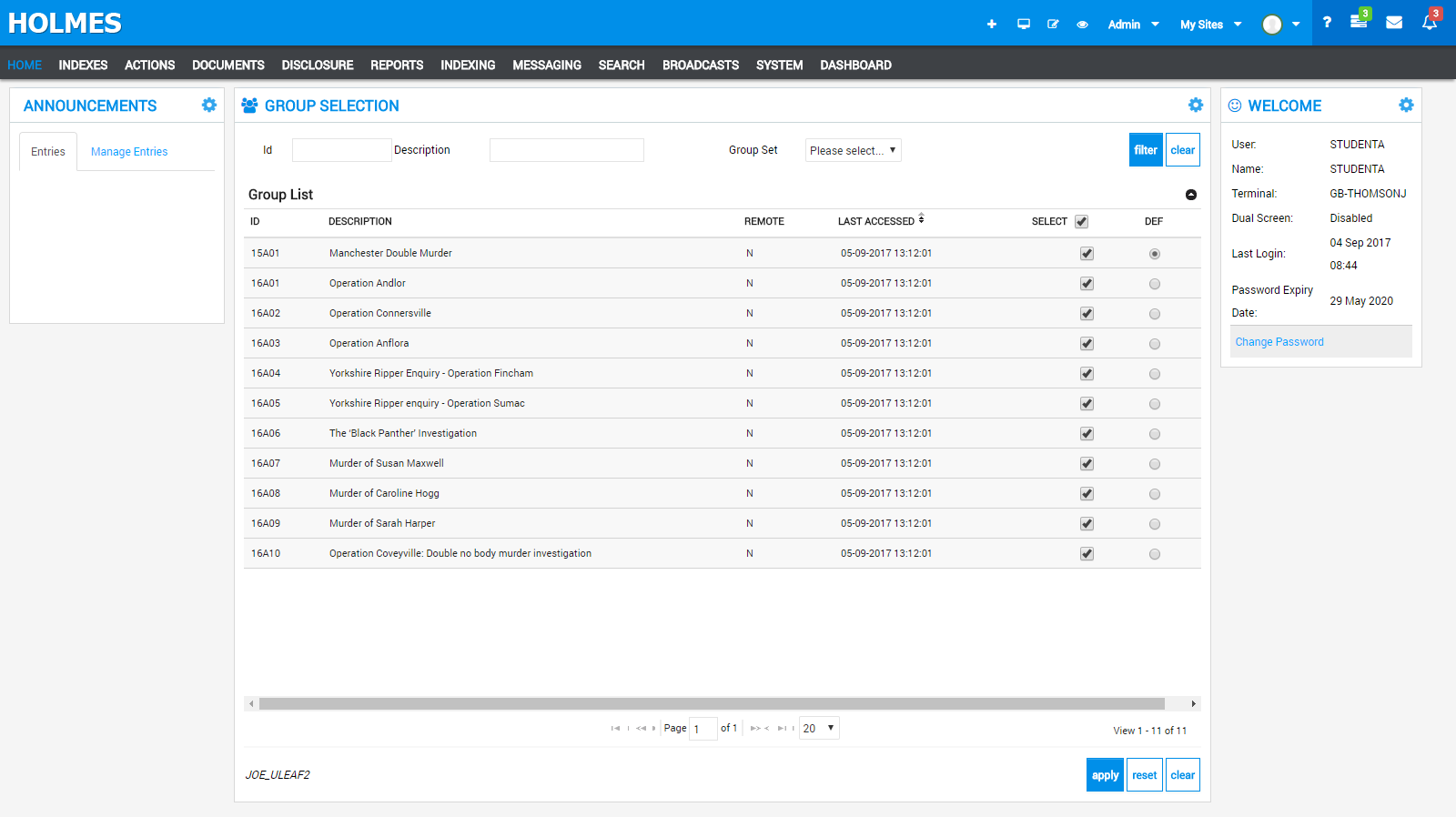
HOLMES2WEB APPLICATION
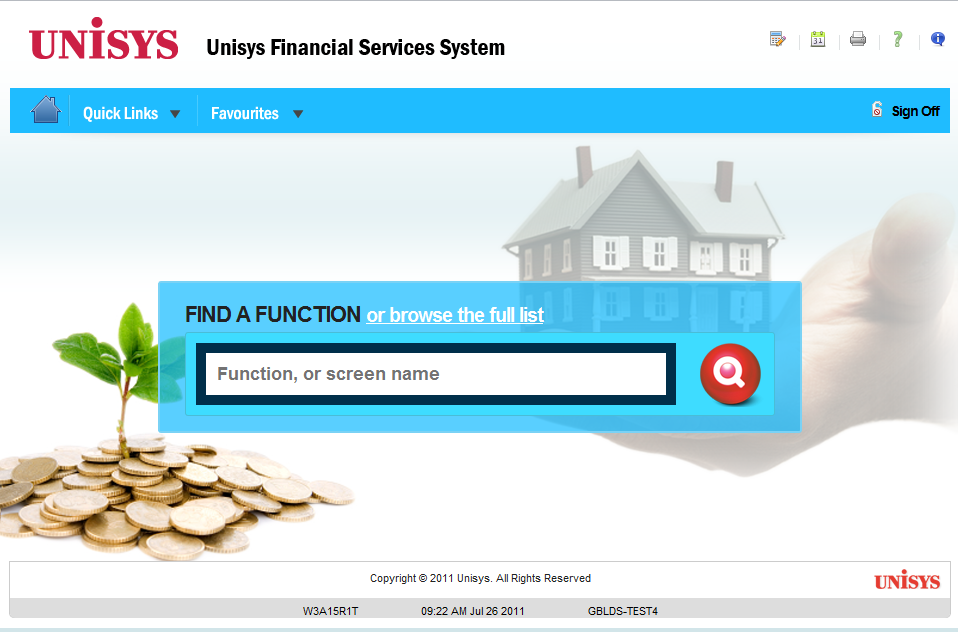
UNISYS-UFSSWEB APPLICATION
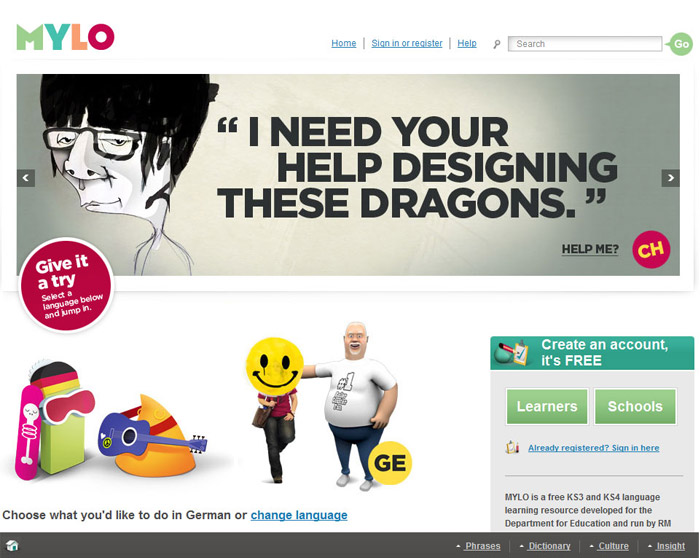
MYLOWEB APPLICATION

DUTCH-CUSTODIALWEB APPLICATION
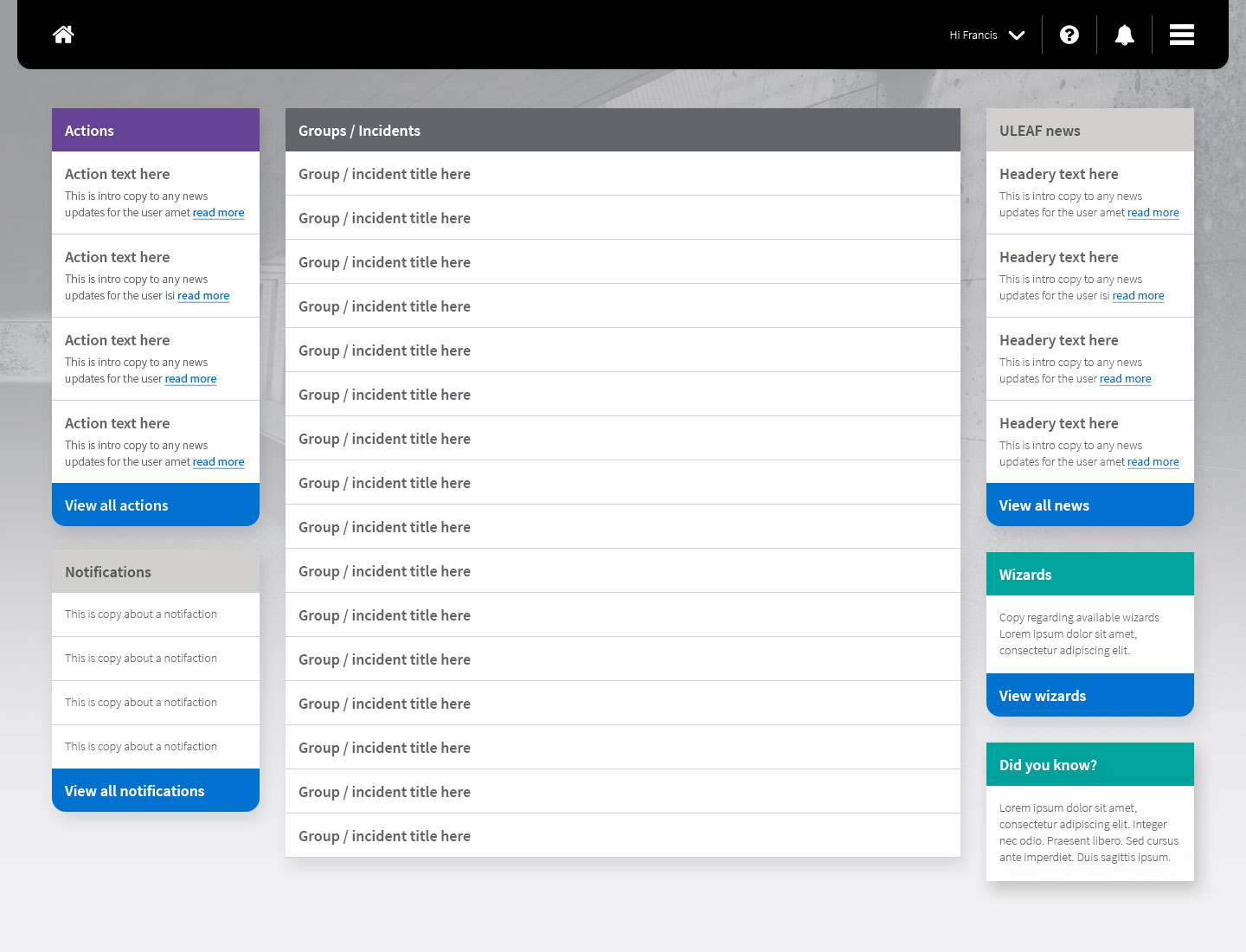
Digital InvestigatorWEB APPLICATION
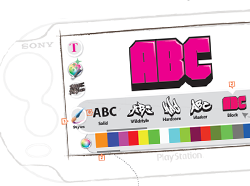
SONY-TAGPLAY STATION TAGGING GAME
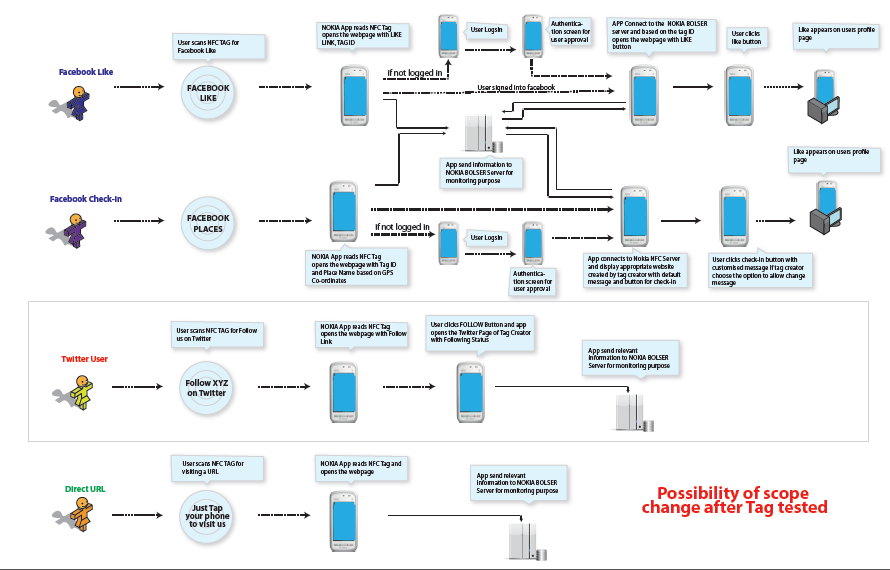
nokia-nfcNOKIA NFC

asiaroomsASIAROOMS
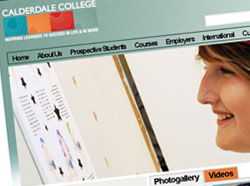
calderdale-collegeCalderdale College
© Jojest Thomson 2019 - Forever
